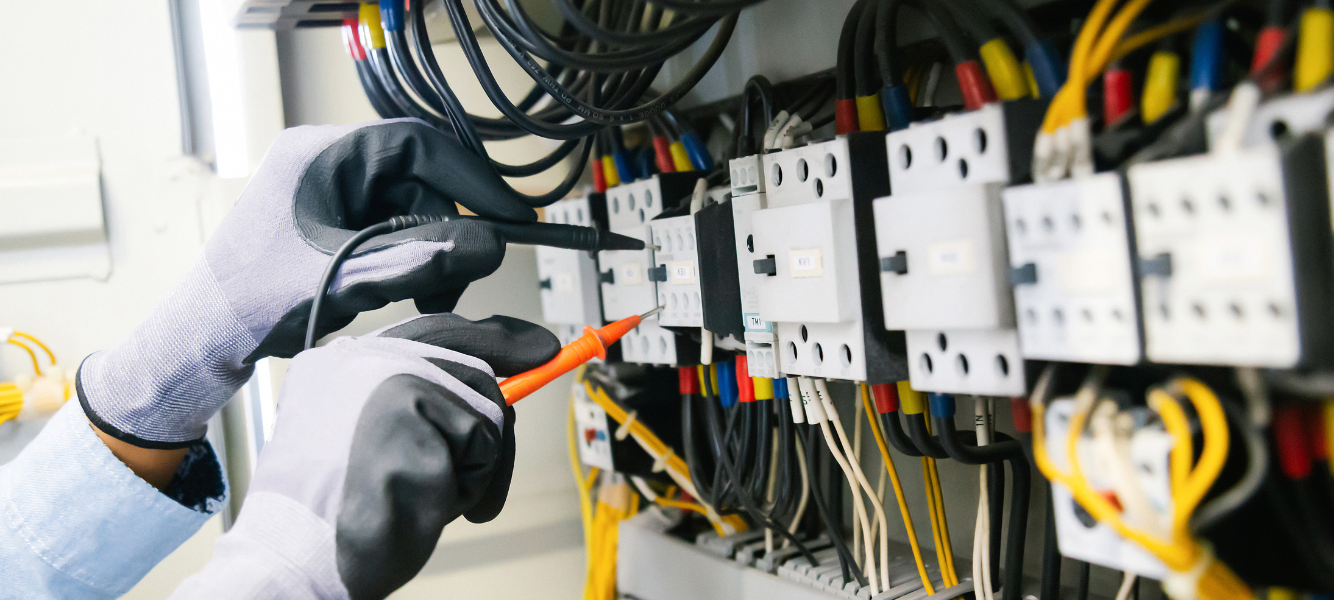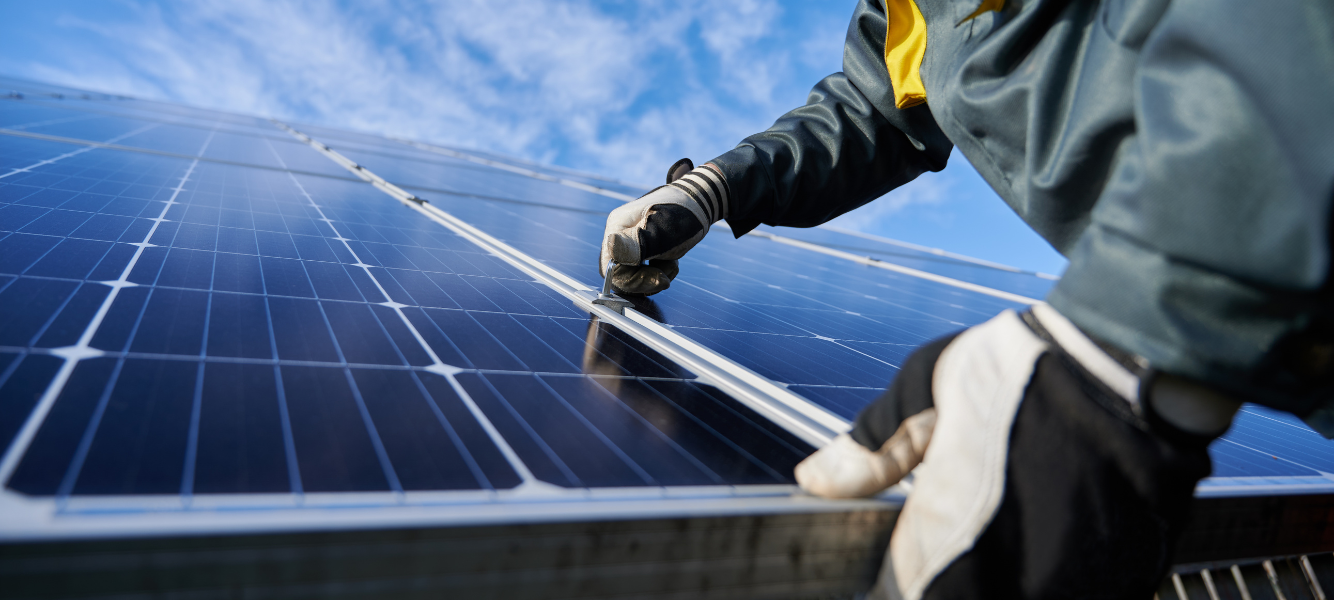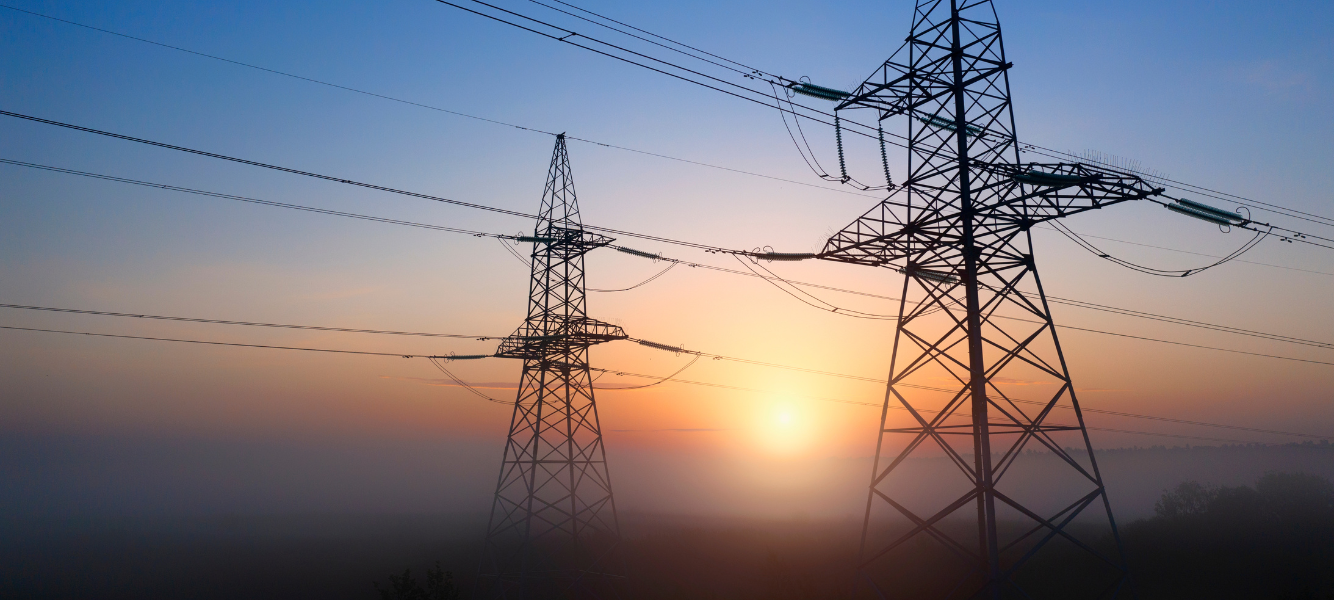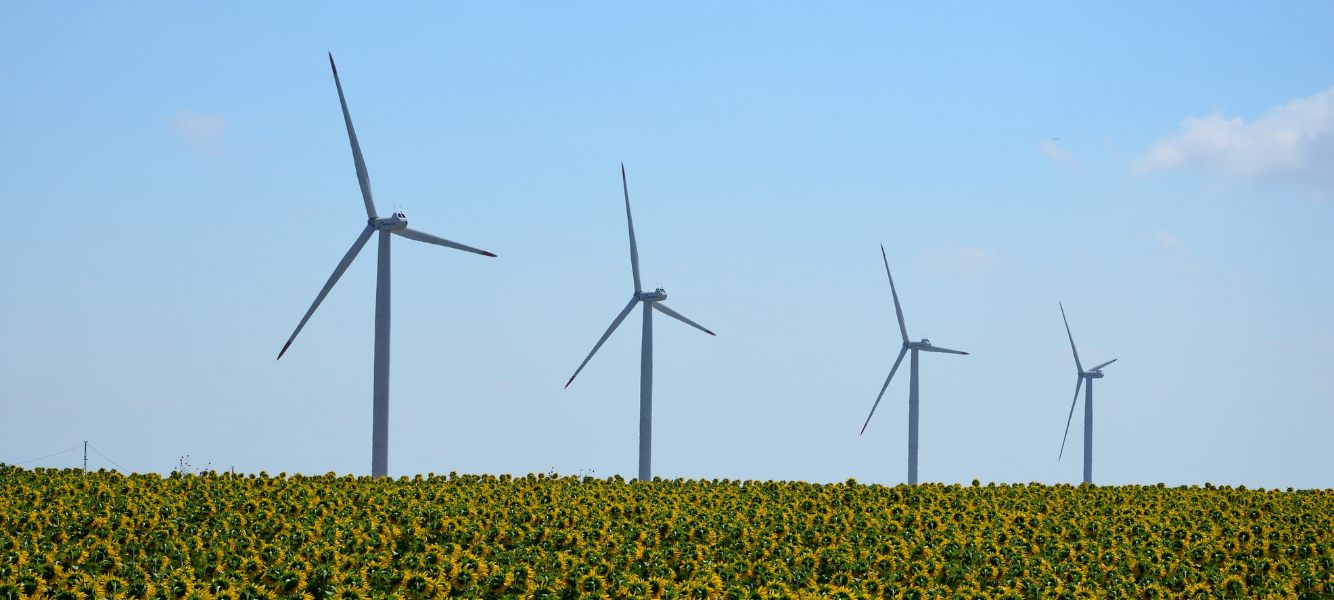Imagine the United States government handing out a massive cashback card for clean energy.
That, in plain English, is the Inflation Reduction Act, usually shortened to the IRA.
Passed in August 2022, it set aside roughly $369 billion to pull three big levers at once: bring down consumer bills, shrink carbon emissions and on-shore manufacturing jobs.
18 months on, the solar panels, wind turbines and shiny battery packs popping up across America are proof that the money is flowing.
According to the Solar Energy Industries Association, the first quarter of 2025 alone saw 10.8 gigawatts of new solar capacity arrive on the grid, enough to power about two million homes.
But the IRA is more than a cash splash.
It rewrites the rulebook for how power stations qualify for tax credits, and that is reshaping every corner of the US electricity mix.
Below is a straightforward guide, zero jargon, tuned for anyone who winces at acronyms like kWh, yet still wants to understand where the lights come from and why their next holiday photo might be charged by a battery instead of a gas turbine.
Meet the two superstar credits of the IRA
Most clean-energy headlines mention a “PTC” or an “ITC”.
Think of them as two simple rewards:
-
Production Tax Credit (PTC) – a pay-per-unit bonus. Every time a qualifying plant pumps out one megawatt hour of clean electricity, the US Treasury pays the owner a preset amount.
-
Investment Tax Credit (ITC) – a one-off discount. Build a qualifying project and knock around 30% off the construction bill at tax time.
Until the end of 2024, solar farms, wind parks, geothermal projects and even certain biomass plants could still squeeze under the familiar old PTC and ITC banners.
From January 2025, however, both morphed into two fresh, technology-neutral cousins:
-
Section 45Y Clean Electricity Production Credit
-
Section 48E Clean Electricity Investment Credit
The catch?
Only power plants that produce (or capture enough carbon to round down to) zero emissions get paid.
The Internal Revenue Service published the final rules at the start of 2025, giving investors the clarity they had begged for.
If you are chasing a handy way to remember this change, try the “Spotify test.”
Before 2025, playlists were built around genres: solar, wind, hydro and so on.
After 2025, the app ignores the label and simply promotes any track that is clean. Coal and ordinary gas do not make the playlist unless they bolt on carbon capture.
Why the credits matter more than you think
A tax credit may sound dull, yet it lands directly on a project’s bottom line, in many cases turning a break-even idea into a profitable one.
Picture two identical solar farms.
Build the first in 2024 and you enjoy the classic 30% ITC.
Build the second in 2025, comply with the new labour and domestic-content rules, and your effective support can hit 50% of the build cost once location bonuses are stacked on.
The result is a finance package that banks love, which is why Wall Street firms have earmarked more than $675 million of fresh credit lines for clean-energy developers just this month.
The same principle applies to power plants already running.
A nuclear station, for instance, might be thirty years old, reliable yet struggling against cheap gas.
Section 45U now pays up to $15 for every megawatt hour that plant produces, keeping the reactors online and the workforce in place.
Winners, growers and the folks who need a rethink
Below is a quick, no-nonsense rundown of how the IRA affects the major ways America makes electricity.
1. Solar and wind
-
What changes? Nothing but upside. They already emit zero carbon, so they glide straight into 45Y or 48E.
-
Why it matters: Analysts expect total US solar module output to quadruple by 2027, thanks in large part to factories racing to meet “made in America” bonus rules.
-
Reality check: Panels may be cheaper, yet grid connections and planning rules remain a bottleneck. Those hurdles are outside the IRA.
2. Battery energy storage
-
Old reality: Stand-alone batteries received no federal help, so developers glued them to solar farms just to claim a slice of the ITC.
-
New reality: Section 48E treats dedicated batteries as “energy storage technology,” unlocking the same 30% base credit. Suddenly it pays to build giant lithium phosphate boxes that store lunchtime solar and release it at teatime.
3. Nuclear power
America’s existing reactors supply almost a fifth of national electricity, and all of it is carbon-free.
The 45U credit cushions them from wild swings in wholesale prices, a lifeline that avoids premature shutdowns while the country ramps up wind and solar.
On top, any new small modular reactor can opt into 45Y or 48E, putting atomic kilowatts on the same incentive footing as renewables.
4. Gas power with carbon capture
Ordinary gas turbines blow the new zero-emission test out of the water in the wrong direction.
Add a capture system that traps at least 75% of the carbon, though, and two things happen:
-
The plant can claim the revamped 45Q credit – now $85 per tonne of carbon stored underground.
-
The project qualifies for 45Y or 48E as long as the net result is zero emissions.
Early movers are crunching the maths, but high capture costs mean only the biggest combined-cycle plants look viable today.
Analysts expect a first wave of carbon-capture retrofits to lock final investment decisions during 2026-2028, once supply chains settle and pipelines are built.
5. Biogas, biomass and Waste-to-Energy
Small-scale plants that turn cow manure or food waste into electricity now earn a 30% ITC on the equipment that cleans and compresses that gas.
If, later, they add carbon capture and tip into “net negative,” they can graduate to 45Y and earn ongoing revenue.
The beauty here is location: many digesters sit on farms that value the leftover fertiliser, so the full project stack is greater than the power price alone.
Traditional “burn the rubbish” Waste-to-Energy plants, on the other hand, fail the zero-emission test, so they either add capture or accept that incentives will vanish after 2024.
6. Old coal and simple gas turbines
Plants that cannot or will not adopt carbon capture lose access to every major credit from 2025 onwards.
Without that lifeline many will close earlier than planned, especially once their power purchase contracts expire.
Grid operators are watching the resulting capacity gap closely, which is one reason batteries, nuclear and demand-response programmes are so popular with regulators right now.
Show me the numbers – proof that the IRA is working
-
Solar install boom: As mentioned earlier, Q1 2025 clocked up 10.8 GW of new solar. That is only one quarter, yet it represented 69% of all new US generation added in that period.
-
Manufacturing revival: Domestic panel factories pushed total annual capacity to 51 GW this year. Pre-IRA the figure sat under 15 GW.
-
Batteries on parade: The Department of Energy tracks more than 460 gigawatt hours of utility-scale storage in the queue, triple the pre-IRA tally, with developers citing the new stand-alone ITC as the key driver.
-
Project finance spike: Big names like KKR, BlackRock and Brookfield have committed tens of billions in debt and equity to take advantage of the generous tax environment. The Sol Systems deal referenced above is typical of what bankers now call “IRA-driven credit.”
These numbers do not prove the transition is painless, yet they show that the cash is landing where Congress aimed it.
The 2025 plot twist
Just one week ago a White House executive order instructed the Treasury to revisit how 45Y and 48E treat wind and solar, and to clamp down on projects that source parts from “foreign entities of concern.”
Some commentators read this as the opening shot in an election-season tug-of-war over clean-energy support.
What does that mean for ordinary energy users?
In plain language, policy risk is now the biggest unknown.
Developers can lock in construction contracts, mineral supply and bank debt, but they can’t guarantee a rule set written by politicians.
If you work in renewable procurement or finance, keep an eagle eye on Treasury notices and Federal Register updates, because guidance can and does shift in months, not years.
Three takeaways for your next coffee-break chat
-
The IRA is a carrot, not a stick. It rewards clean electricity rather than punishing dirty power, and the carrot is big enough to shift billions of dollars of private capital.
-
Zero is the magic number. From 2025, only projects that hit net-zero emissions qualify for the headline credits, so carbon capture is suddenly cool again.
-
Politics can change the rules overnight. Treat long-term projections with caution and hedge your bets by following Treasury guidance like a hawk.
If you are involved in energy buying, project development or just want your next smartphone charge to come from cleaner electrons, the IRA will keep shaping the conversation for at least the next decade.
Bookmark the sources linked above, watch the policy updates and, if you spot an opportunity, move fast.
In the current US energy game, speed plus a solid grasp of the tax code = real money.

















